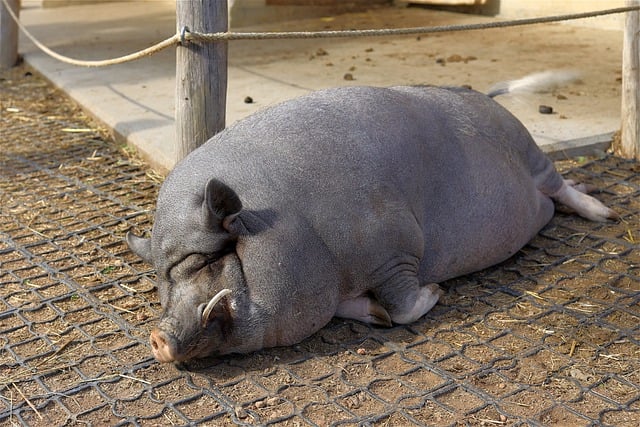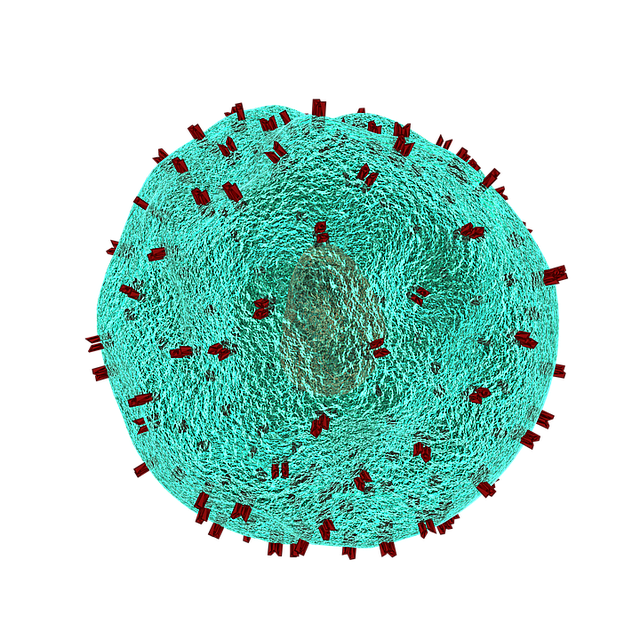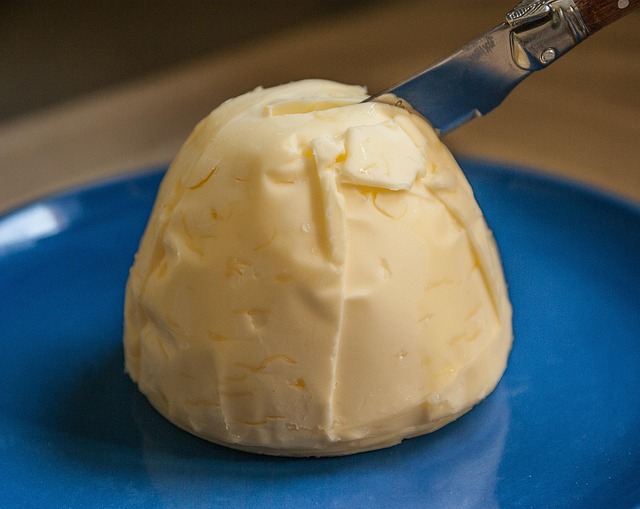Freeze Fat Cells (cryolipolysis) is a non-invasive body contouring technique targeting adipocytes (fat cells). It uses precise cold application to freeze and destroy fat cells, which are then eliminated by the body's immune system. This method offers a safer alternative to liposuction with minimal downtime, ideal for reducing stubborn fat in areas like abdomen, love handles, thighs, and arms. Key considerations include candidate selection, lifestyle changes, and safety profiles, with modern techniques emphasizing precise temperature control and minimizing risks.
Discover the future of body contouring with Advanced Fat Freezing—a revolutionary non-invasive procedure that targets and eliminates stubborn fat cells. This article delves into the intricate world of fat cell biology, exploring how traditional methods fall short. We then introduce the cutting-edge science behind freeze fat cells technology, demystifying its step-by-step process. From remarkable benefits to candidate considerations and safety aspects, learn why this game-changer is transforming the aesthetic landscape.
Understanding Fat Cells and Their Behavior

Fat cells, also known as adipocytes, are an integral part of our body’s metabolism and energy storage system. Understanding their behavior is crucial when it comes to advanced fat freezing techniques. These cells have a unique property to store excess energy in the form of triglycerides, which can lead to localized fat accumulation in certain areas of the body. When freeze fat cells are targeted, the procedure aims to disrupt these fat cells and prevent further storage.
During the freezing process, fat cells undergo physical damage, causing them to rupture and release their stored lipids. This natural response triggers an inflammatory reaction as the body attempts to repair the damaged tissue. Advanced fat freezing treatments often include post-procedure care to manage this inflammation effectively, ensuring optimal results with minimal discomfort.
Traditional Fat Removal Methods: A Brief Overview

In the quest for achieving a slimmer, more contoured figure, traditional fat removal methods have been a go-to for many years. These methods range from invasive surgical procedures like liposuction to less extreme options such as exercise and diet adjustments. Liposuction, in particular, involves suctioning away excess fat cells from specific areas of the body using a specialized tool. While effective, it’s not without risks and downtime for recovery.
Other common techniques include non-invasive treatments like ultrasound or laser-assisted fat reduction, which aim to break down and eliminate fat cells. However, these procedures may not be as precise as desired, leading to uneven results. Advanced Freeze Fat Cells technology emerges as a promising alternative, offering a safer, more targeted approach to fat reduction without the need for incisions or lengthy recovery periods.
The Science Behind Advanced Fat Freezing Technology

Advanced Fat Freezing technology, also known as cryolipolysis, is a groundbreaking non-invasive procedure that targets and freezes fat cells. This innovative approach works by cooling adipose tissue to temperatures below -13°F (-25°C), causing fat cells to crystallize and eventually die. The body’s natural response to this process involves breaking down and eliminating the damaged fat cells, leading to noticeable reductions in fat deposits.
The technology employs precise control over cold application, allowing for targeted treatment of specific problem areas without impacting surrounding tissues. This selective freezing and destruction of adipose cells offer a safer and more effective alternative to traditional liposuction, with minimal downtime and no significant side effects. By understanding the science behind it, Advanced Fat Freezing emerges as a game-changer in the quest for achieving a slimmer, more contoured physique.
How Freeze Fat Cells Work: Step-by-Step Process

Freeze Fat Cells works by targeting and freezing specific fat cells in the body, leading to their permanent elimination. The process begins with a consultation where a healthcare professional assesses your areas of concern. Next, a cooling device is applied to the targeted area, typically using liquid nitrogen or other cryogenic substances. As the temperature drops below -135°C (-211°F), fat cells are frozen solid, causing them to shrink and die.
Once frozen, these cells become unable to survive and are naturally eliminated by the body’s immune system over several weeks. The treatment is non-invasive, meaning there’s no cutting or stitching involved, and patients can resume their normal activities shortly after the procedure. It’s particularly effective for reducing stubborn fat in problem areas like the abdomen, love handles, thighs, and arms.
Benefits of Advanced Fat Freezing for Body Contouring

Advanced Fat Freezing, also known as cryolipolysis, offers a non-invasive and effective method for body contouring. By targeting and freezing specific fat cells, this technology allows for their permanent destruction, leading to reduced fat levels in the treated areas. One of its key advantages is minimal downtime, enabling patients to resume their normal activities almost immediately after the procedure.
This advanced technique provides precise control over fat reduction, making it ideal for pinpointing problem areas such as love handles, belly bulges, and chin fat. Unlike traditional liposuction, it does not require incisions or general anaesthesia, significantly reducing patient discomfort and recovery time. Additionally, Advanced Fat Freezing stimulates collagen production, leading to improved skin texture and tone, leaving patients with a slimmer, smoother appearance.
Candidate Selection and Expectations for Success

When considering advanced fat freezing as a body contouring solution, candidate selection is paramount for achieving successful results. The ideal candidates are typically individuals with manageable amounts of fat in specific areas, often focusing on the abdomen, thighs, arms, or love handles. It’s crucial to have realistic expectations; fat freezing doesn’t eliminate fat cells permanently but reduces their size significantly. Those who understand this and have achievable goals stand a higher chance of being satisfied with the outcomes.
During consultations, professionals should assess lifestyle factors as well. Regular physical activity and a balanced diet are essential post-treatment to maintain results, as fat freezing is most effective as part of an overall wellness plan. Patients who commit to these aspects are more likely to see the desired freeze in their fat cells, leading to improved body shapes and increased confidence.
Safety, Side Effects, and Future Prospects

Safety is a paramount concern with any fat freezing procedure, and advanced techniques have significantly reduced risks associated with freeze fat cells. The modern approach involves precise control over temperature and application to target specific areas, minimizing damage to surrounding tissues. However, as with any medical intervention, there are potential side effects to consider. Common mild reactions include temporary redness, swelling, and discomfort at the treatment site. More severe but rare complications may include skin numbness, nerve damage, or an allergic reaction to the anesthetic used.
The future of fat freezing technology looks promising, with continuous advancements in cooling technologies and a better understanding of adipose tissue biology. Future prospects include more personalized treatments tailored to individual patient needs and improved safety profiles. As research progresses, we can expect enhanced effectiveness and a reduced risk of adverse effects, making fat freezing an even more attractive non-invasive body contouring option.
